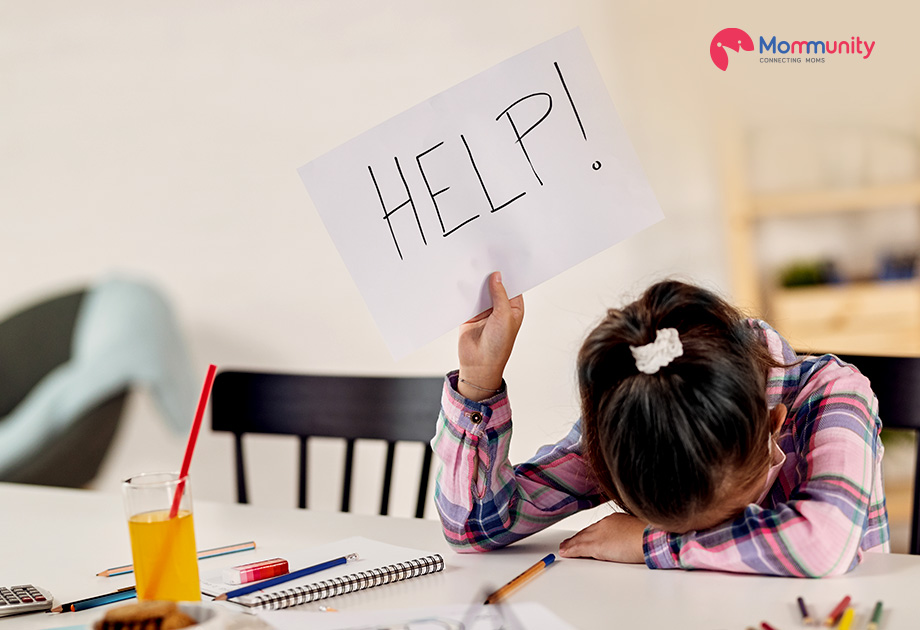As a parent, you want your child to look their best, but you also want to make sure they’re safe. Ear piercing is a popular way to add some style to your child’s appearance, but is it really safe?
For generations, ear piercings have been a popular fashion accessory, adorning the ears of people from all walks of life. They can be used to improve a child’s appearance and as a symbol of personal expression.
However, it is critical to choose the appropriate time for the piercing and to do so safely and responsibly. You can enjoy the benefits of ear piercings while avoiding any potential risks by following these steps.
The good news is that with the right approach, you can have both style and safety. In this article, we will explore the world of ear piercing for kids and discuss how you can find the perfect balance between style and safety.
Choosing the Appropriate Age
Deciding on the appropriate age for a child’s ear piercing requires careful consideration of several factors. The American Academy of Pediatrics (AAP) does not offer a specific age recommendation for ear piercing as it is a personal decision for parents to make.
However, it is crucial to wait until the child is mature enough to understand the aftercare process. The AAP recommends that parents take into account the child’s age, overall health, and personality traits before deciding on ear piercing.
Moreover, parents should consider the child’s ability to comply with aftercare instructions, which include cleaning the pierced area with a saline solution and avoiding swimming or other activities that may expose the piercing to bacteria.
By waiting until the child is mature enough to understand and follow the aftercare process, parents can help prevent infections and other complications associated with ear piercing.
Factors Influencing the Appropriate Age
- Physical Development
It is crucial to handle earlobes with utmost care and attention, especially during the healing stage after piercing. Rushing the process could result in a higher likelihood of accidental removal or injury, emphasizing the need for proper aftercare to ensure optimal health and safety.
- Child’s Understanding
It is crucial for children to comprehend the significance of piercings, the probable sensation of discomfort during the process, and the essential nature of proper aftercare to ensure a safe and healthy healing process.
- Personal Preference
When considering whether or not to pierce a child’s ears, it is important to take into account the child’s personal wishes and desires rather than solely relying on the preferences of the parents. The decision should be made with the child’s best interests in mind, considering factors such as their age, maturity level, and ability to provide proper care and maintenance for the piercings.
It’s crucial to pause and consider before deciding to pierce a child’s ears. The American Academy of Pediatrics suggests waiting until a child is at least six years old before considering ear piercing. However, some parents may opt to pierce their child’s ears at a younger age.
If you are considering this option, we recommend you consult with a pediatrician first to ensure it is safe for the child and to avoid any potential risks. Ultimately, the decision should be made based on what is best for the child, with their well-being as the top priority.
Consider Professional Piercing to Prioritize Safety
- Carefully consider the right age for your child’s ear piercing and make a well-informed decision.
- Select a reputable and experienced piercer who can perform the procedure safely and with precision.
- Choose a professional piercing studio that adheres to strict hygiene standards and utilizes high-quality equipment to minimize the risk of infections and allergic reactions.
- Discuss the procedure with the piercer and address any concerns you may have.
- Ensure that the piercer provides aftercare instructions to ensure the healing process goes smoothly.
By following these steps, you can ensure that your child’s ear piercing experience is safe, enjoyable, and stress-free.
What to Expect from the Piercing Procedure?
Before piercing a child’s ears, it is important for the piercer to clean the earlobes thoroughly with a disinfectant solution.
Once the earlobes are cleaned, the piercer will mark the piercing points using a surgical pen or marker. The piercer will take extra care to ensure that the marks are symmetrical and precisely aligned.
When the piercer is ready to perform the piercing, they will use a sterile needle or piercing gun to create the holes. The piercer will take great care to ensure that the needle or gun is free from any contaminants and is properly sterilized.
The piercing process itself is typically very quick and only takes a few seconds to complete. Once the piercing is done, the piercer will provide aftercare instructions to ensure that the piercing heals properly and without any complications.
4 Aftercare Essentials to Ensure Proper Healing
Aftercare is critical for avoiding complications and ensuring that the piercing heals properly. Pay close attention to the piercer’s instructions, which may include:
- Clean the piercing on a regular basis with a sterile saline solution.
- Gently rotate the earrings to prevent the piercing hole from closing.
- Avoid pulling or touching the piercing.
- Keep an eye on children to prevent them from removing or injuring their earrings by accident.
Infection Symptoms: Seek Immediate Medical Attention
While some redness and discomfort are normal following a piercing, watch for signs of infection, such as:
- Excessive redness, swelling, or soreness
- The discharge or pus from the piercing
- Chills or fever
If you notice any of these signs, consult a healthcare professional promptly for treatment.
5 Pro Tips for a Painless Ear Piercing
- Prepare your child
Before taking your child to get a piercing, it’s important to have a conversation with them to explain the process and what to expect. This will help address any concerns they may have and prepare them for the experience.
You can describe the steps of the piercing process, including how the area will be cleaned and sterilized, how the needle will be inserted, and what sensations they may feel. Discussing these details with your child beforehand will make them feel more comfortable and informed about the procedure.
- Choose the right time
It is advisable to avoid piercing your child’s ears during periods of high stress or when they are feeling exhausted or irritable, as it could potentially lead to unnecessary discomfort or complications.
- Bring comfort items
To help ease your child’s anxiety during a medical procedure, it may be beneficial to encourage them to bring along a beloved toy or cozy blanket that can provide a sense of comfort and security. This simple act can make the experience feel less intimidating and help your child feel more at ease.
- Distract and reassure
To help your child cope with the pain of a piercing, you can engage them in conversation or play. This will help to divert their attention away from the discomfort and make the experience less overwhelming. By interacting with your child and keeping them distracted, you can make the process of getting a piercing a bit easier and more manageable for them.
- Praise and reward
It’s important to let your child know that you recognize their courage for getting a piercing, and it’s also helpful to offer positive feedback to reinforce their bravery. This will help them feel proud of themselves and build their confidence.
To sum up, ear piercings can be a significant and exciting moment for kids, allowing them to express their individuality and add a personal touch to their appearance. It is crucial to select an appropriate age, find a qualified and experienced piercer, and follow proper aftercare instructions to guarantee a successful and secure ear piercing experience for your child.
By taking these steps, you can make sure that your child’s ear piercing is a positive and meaningful experience that they will remember and cherish for years to come.




